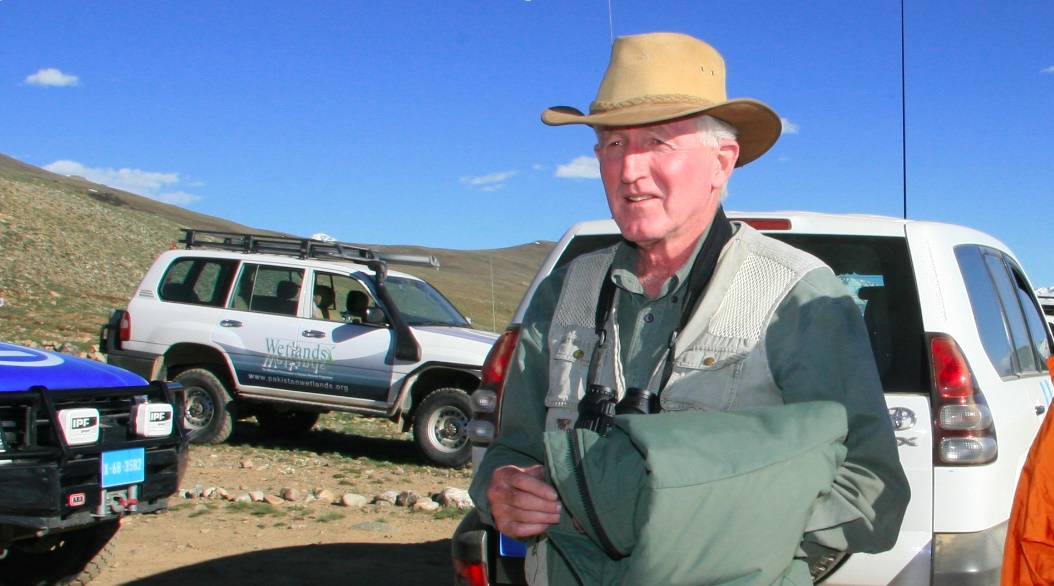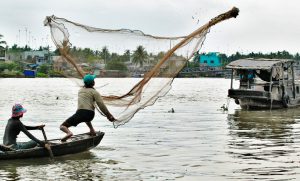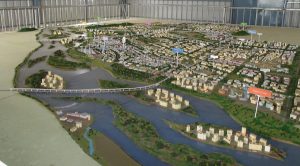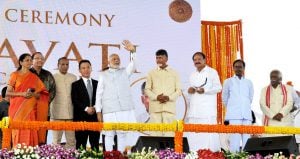Our twelve-year labour of love has just been published by Oxford University Press.
We began our travels for Water in the Wilderness — Life in the Coast, Deserts and Mountains of Pakistan – over a decade ago. It was during these journeys from Gwadar on the Makran coast to Shandur Pass in the high mountains of Gilgit-Chitral that I began my own voyage of discovery of Pakistan.
I often repeat this to friends and colleagues: how many of us are aware that Pakistan has the greatest change in elevation among all countries — from zero metre (Sonmiani Bay) to 8,611 (the summit of K-2)? The dramatic changes in altitude mean extremely diverse physical environments with wildlife ranging from green turtles in Jiwani on the coast to brown bears in the mountains of Deosai.
I was first told this by my co-author Richard Garstang, who worked as the conservation adviser to WWF-Pakistan for many years before retiring and moving to South Africa. It was his mantra and now it has become mine.

It was on that early misty morning on the mighty Indus that I began to realise what it truly meant to care about the environment. With their purplish grey colouring it was at first difficult to spot the Indus dolphins in the muddy waters but then they jumped out of the water in graceful arcs and they were a sight to behold.
The story of the endangered blind dolphins of Sindh was included in an earlier book that Mehjabeen and I wrote: Green Pioneers – Stories from the Grassroots. It covered several projects funded by UNDP. It was our work on Green Pioneers which led to the idea of writing a more ambitious book that took the shape of Water in the Wilderness.
We initially received a grant from the Heinrich Boll Foundation to travel throughout Pakistan for the book. Mehjabeen and I often stayed at remote rest houses and occasionally tents out in the wild – I must say we were never scared or felt insecure. Today, I’m not sure I would do it again – Pakistan and the world in fact have become such fearful places.
As it happens, the book travels the same route that may become the China Pakistan Economic Corridor. In fact there is a section on the “Great Game” in Gwadar in the book.
We travelled with ease from Hingol National Park to Gwadar and Jiwani on the coast (the Makran coastal highway was still under construction) to interior Sindh to Lungh Lake and then on to the Rangla wetlands in Southern Punjab and the Cholistan desert. The last chapters of the book are on the high mountains and we later travelled to Shandur Lake, the Deosai Plateau and visited some of the glaciers up north for our final chapter: Glaciers – the Guardians of Time.
During many of our trips we were accompanied by ace photographer Ayesha Vellani, who took many of the art quality photographs which illustrate the book.
![From left to right: Rina Saeed, Mehjabeen Abidi Habib, and Ayesha Velani in the Cholistan Desert [image courtesy Rina Saeed Khan]](/wp-content/uploads/2016/02/Rina-Saeed-with-Mehjabeen-Abidi-Habib-and-photographer-Ayesha-Velani-extreme-right-in-the-Cholistan-Desert.jpg)
The field expeditions were spread over four years. The objective was to produce a book with imaginatively written text, accompanied by art quality photographs. The book was beautifully designed by Tehmina Rashid. The final text was completed much later in Bellagio on the banks of the beautiful Lake Como in Italy where Mehjabeen and I were awarded a month-long Rockefeller Foundation residency grant to complete the manuscript.
Water in the Wilderness is not just a travel book. It explains the unique landscapes, people and wildlife found living in these wilderness areas, with vignettes documenting the lives of the indigenous people we met. Many endangered species in Pakistan — Himalayan brown bears, many different migratory birds and green turtles — are featured.
There were numerous adventures that we had during the making of the book, from encountering sudden sand storms in the desert to some very odd army officers who were fascinated by the sight of women doing research in such remote areas. I think the backstory almost deserves a book of its own.
![<p>Looking for the Indus dolphin [image courtesy Rina Saeed Khan]</p>](https://dialogue.earth/content/uploads/2016/02/Looking-for-the-Indus-Dolphins-on-a-wooden-boat-at-sunset.jpg)







